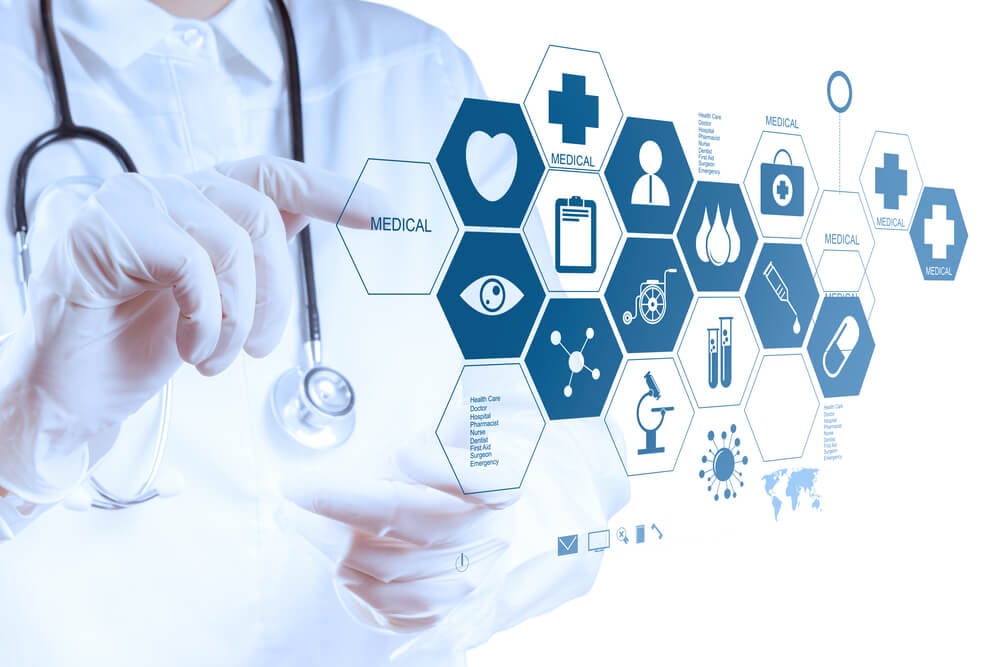In recent years, we have seen technology play an increasingly large role in the healthcare industry. It’s become one of our greatest achievements, helping both healthcare providers and patients in several ways.
In this article, we are going to discuss just how technology has a positive impact on the industry so that you can truly see how far we have come.
Let’s get started!
Table of Contents
Automated Processes
Healthcare professionals are busy enough as it is, and there are many tasks that are a tedious burden. The right software and tools can automate processes so that doctors, nurses, and administrative officers can focus their attention on more important issues.
For example, personal information can be pre-filled out by patients online and training can be conducted digitally. The right system can also help with things such as endoscope reprocessing by eliminating the need for handwritten logs.
A few other ways that automated processes have made a difference include:
- Reducing errors and labor costs.
- Promoting better communication and collaboration.
- Improving efficiency and productivity.
- Creating easier access to important data.
Enhanced Diagnostic Tools
One of the most significant advantages of technology is diagnostics. By utilizing AI-driven tools, medical personnel can quickly and accurately diagnose potential health issues and develop treatments that are tailored to the individual patient. This not only saves time but also reduces overall costs as there are fewer steps needed for diagnosis.
In addition, computer vision algorithms can be used to detect signs of disease or illness before they become noticeable to the human eye. For instance, MRI scans can be used to detect early signs of cancer or other diseases long before they would become visible by physical examination.
Telemedicine

Another advantage of technology in healthcare is telemedicine. This process allows doctors to provide remote care via video conferencing or telephone calls rather than in-person visits.
Not only does this make it easier for people in rural areas to access medical care without having to travel long distances, but it also provides convenience for those who are unable to leave their homes due to illness or disability. Telemedicine also has the potential to reduce costs by eliminating unnecessary trips to the doctor and there is less build-up in the office.
Improved Patient Care
Finally, technology can help improve patient care by providing more accurate information about their health status. Things such as wearable devices and fitness trackers are becoming increasingly popular among consumers who want tangible evidence that their lifestyle choices are having a positive effect on their overall health.
Additionally, these tools enable users to track their vitals over time so they can stay informed about any changes they are going through. This allows them to get checked sooner if necessary, potentially leading to faster and more efficient treatment.
Final Words
As you can see, there is no denying that technology has had a positive impact on healthcare delivery around the world. By embracing new technologies we can deliver better care while improving overall efficiency within the industry.




